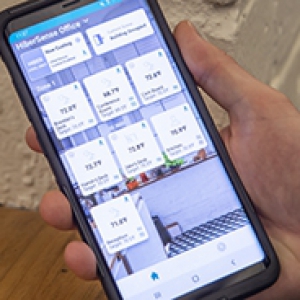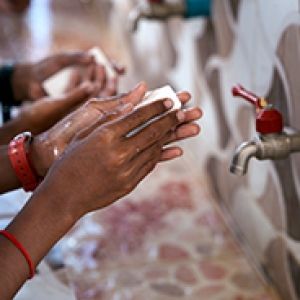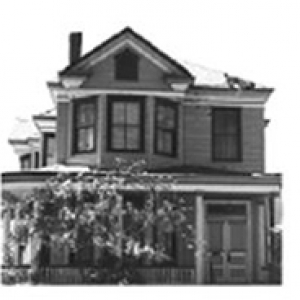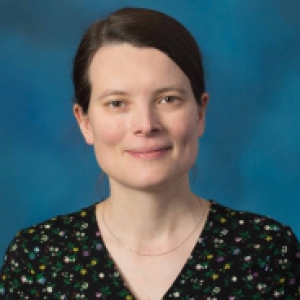The Plan for Pitt: Engage in Research of Impact

Friday, May 31, 2019
Powered by Pitt innovation pathways, HiberSense is a smart heating and cooling system that collects data on temperature, humidity, occupancy and air-quality and “learns” using predictive analytics to anticipate the desired temperature room by room.

Wednesday, May 29, 2019
In less than five years, Samir Lakhani (A&S ’15) has kept hundreds of tons of soap out of landfills and created jobs for disadvantaged women, all while saving lives. Now, this young social entrepreneur wants to do even more: Help 2.5 million people by the end of 2020.

Friday, May 24, 2019
In a study that expands on previous work, a team led by psychology’s Michael Sayette found reduced urges to smoke in response to pleasant smells, as well as a connection to memory.

Wednesday, May 22, 2019
Walid Gellad, associate professor of medicine and health policy and director of Pitt’s Center for Pharmaceutical Policy and Prescribing, is using machine-learning algorithms to predict who is at risk of opioid misuse and overdose.

Friday, May 17, 2019
In a recent study, led by chair of psychology Julie Fiez, researchers taught adults “HouseFont” — a hieroglyphic-like language based on photos of homes — then scanned the language-learning areas of participants’ brains. What they found adds to a growing body of knowledge on how adults process written languages.

Thursday, May 16, 2019
Props, screenplays, script notes and more — Pitt now has more than 50 years’ worth of items from George A. Romero, the filmmaker who revolutionized the horror genre, beginning with “Night of the Living Dead.” The new collection marks a growth in horror studies resources available to scholars and the public.





